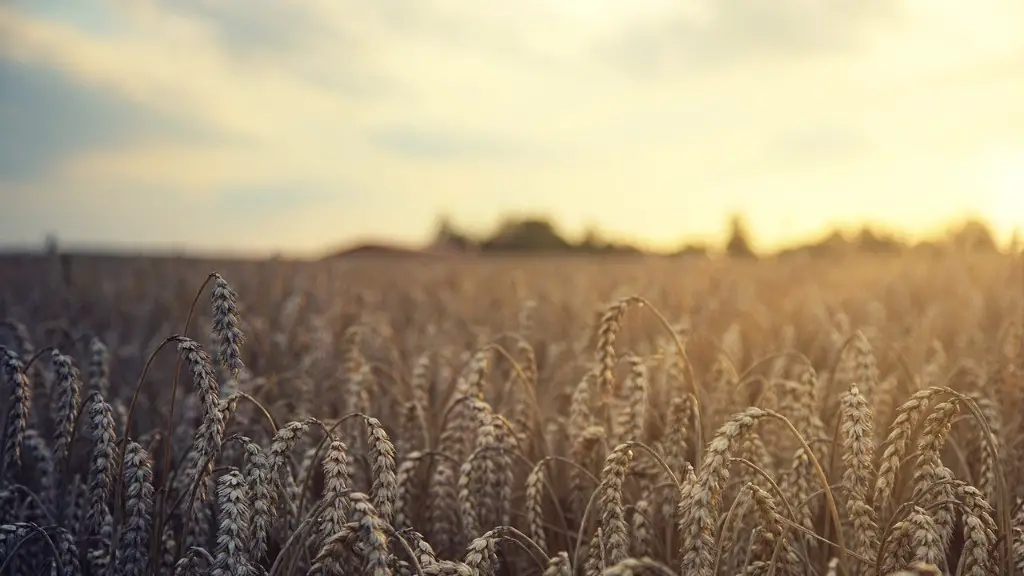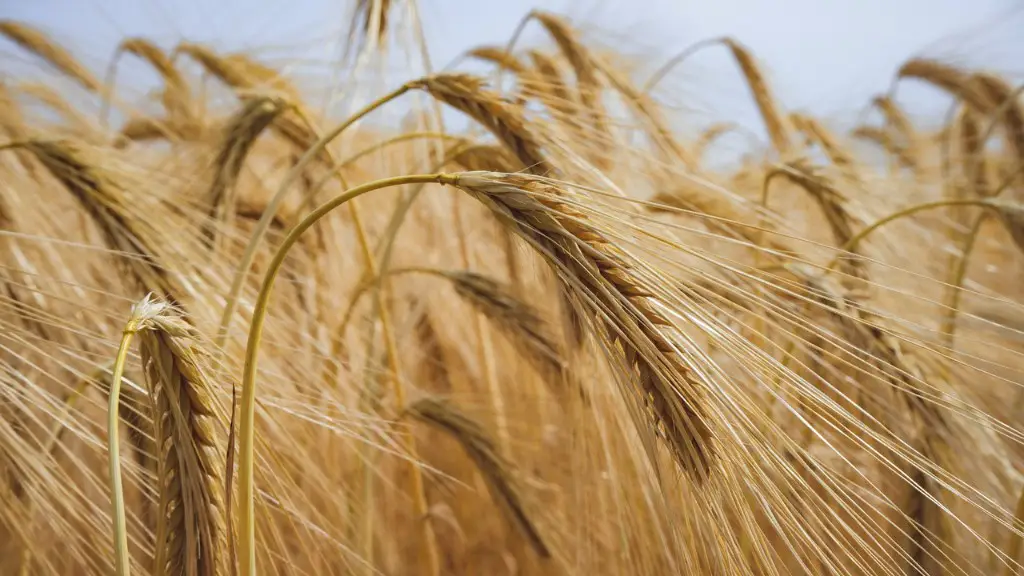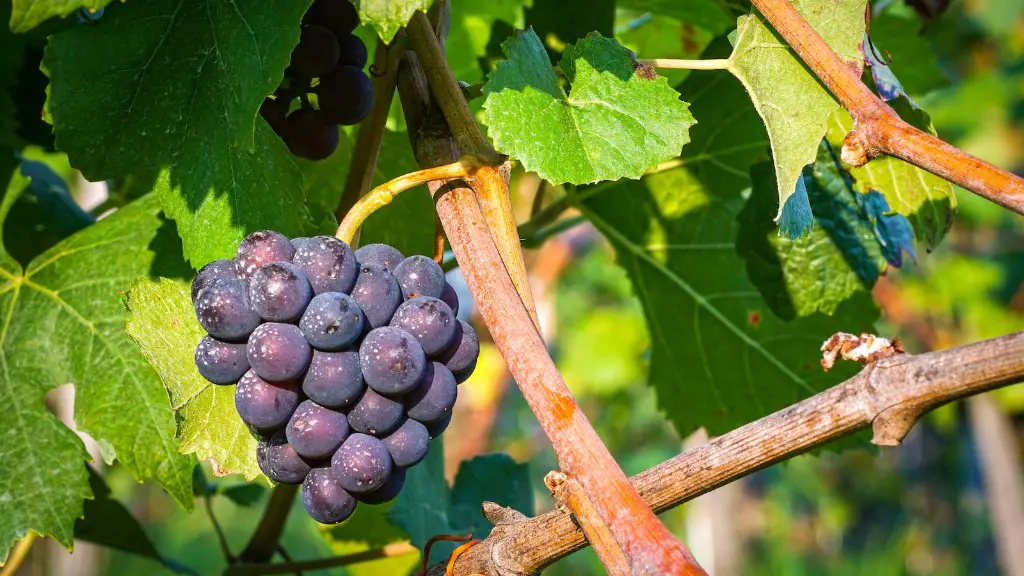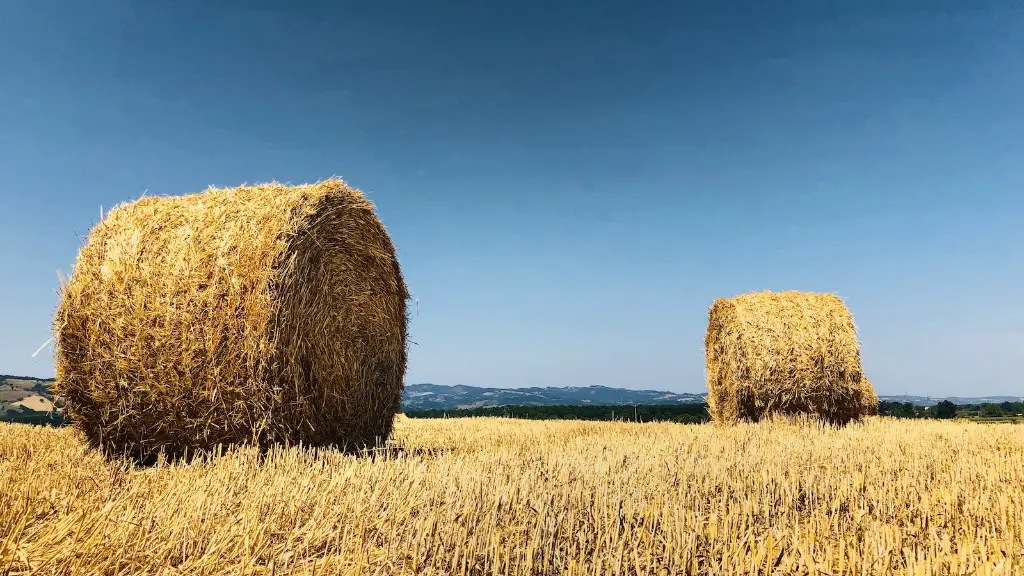It is estimated that agriculture accounts for 1.2% of US GDP. While this may seem like a small figure in comparison to other sectors such as services, agriculture provides a vital contribution to the US economy. It supplies consumers with food, creates jobs and provides economic growth in rural areas. Agriculture also plays an important role in the global food system, allowing countries to export food to other nations, thus creating income and jobs.
The percentage of US GDP attributed to agriculture varies from year to year. In 2018, it was estimated that 1.2% of the US economy came from agricultural production. However, this figure may be higher or lower depending on the year. For example, in 2009, the percentage of US GDP attributed to agriculture was 1.4%.
Agricultural production in the US is divided into two categories: crops and livestock. Crops include wheat, corn and soybeans among other things, while livestock includes cattle, hogs, poultry and dairy. In 2018, it was estimated that crops accounted for 0.6% of US GDP while livestock accounted for 0.5%.
The US agriculture industry can be further broken down into smaller subsectors. Dairy, for instance, accounts for 0.1% of US GDP, while fruits and vegetables account for 0.3%. In addition, the crops sector is composed of subsectors such as grains, oilseeds and cotton, each contributing a specific amount to the US GDP.
US agriculture is largely dependent on subsidies and protections provided by the US government in order to remain competitive in export markets. This has been seen in trade wars where the US government has imposed tariffs on certain imports in order to protect US agricultural producers.
Agriculture provides a valuable contribution to the US economy, both through its direct contribution to US GDP and through the jobs it creates. It is estimated that the US agricultural sector employs 1.5 million Americans, with an estimated total of 2.6 million jobs estimated to have been created in the agricultural sector in 2018.
In conclusion, agriculture is an important contributor to the US economy. Farmers, agricultural workers and related businesses all depend on agriculture for their livelihood. All told, it is estimated that 1.2% of US GDP is attributed to agriculture, with smaller subsectors such as dairy, fruits and vegetables and grain contributing their own share to the US economy.
Factors That Influence Agricultural Production
Agricultural production in the US is influenced by a range of factors, from climate conditions to government policies. Climate conditions, for instance, can have drastic effects on agricultural production. A drought in the Midwest, for example, can drastically reduce the yields of corn, while an unexpected early frost can damage fruit and vegetable crops. Similarly, fluctuations in the price of oil can cause fluctuations in the price of agricultural inputs, such as fertilizer, which in turn can have an impact on agricultural production.
Government policies can have a major impact on agriculture as well. For example, agricultural subsidies have been used to incentivize farmers to grow certain crops, such as wheat, corn, and soybeans. Government regulations can also have an effect, as their enforcement can affect the way farms operate and their ability to compete in the global market.
Finally, technological advancements have played an important role in the increasing efficiency of modern agriculture. From tractors and GMO crops to advanced irrigation systems and precision agriculture, technology has drastically reduced labor costs and increased productivity within the industry.
Economic Impact of Agriculture
Agriculture plays an important role in the US economy. It is estimated that US agriculture contributed $327 billion to the US economy in 2018, which equates to around 1.2% of US GDP. What’s more, US farm exports totaled $138 billion in 2018, accounting for around 8.8% of all US exports.
Agriculture also plays an important role in job creation. In 2018, it was estimated that the agriculture industry provided jobs for 1.5 million Americans. In addition, agriculture contributes to economic growth in rural areas. Not only does it create jobs and income, but it also stimulates investment in rural businesses and infrastructure projects, helping to create a more diverse economic landscape.
Clearly, agriculture is an important contributor to the US economy. The sector provides jobs, exports, income and economic growth in rural areas, while also helping to ensure that consumers have access to safe and affordable food.
Environmental Impact of Agriculture
Agriculture is not only important for the economy but also for the environment. Agriculture is responsible for a significant portion of global greenhouse gas emissions, with CO2 and methane accounting for around 40% and 50% respectively. In addition, agricultural activities are responsible for the destruction of forests, the overuse of water resources and soil degradation.
The environmental impact of agriculture can be managed, however. By adopting sustainable agricultural practices, such as no-till farming, cover cropping and crop rotation, farmers can reduce their dependence on chemical inputs such as fertilizers and pesticides and reduce their carbon emissions. Furthermore, incorporating sustainable initiatives such as integrated pest management, agroforestry and conservation tillage can help to combat soil degradation and protect water resources.
In addition, the adoption of renewable energy technologies such as solar and wind energy, and the implementation of energy efficiency measures such as LED lighting, can help to reduce the agricultural sector’s emissions.
Future of US Agriculture
The future of US agriculture is uncertain. As the world population continues to grow, the demand for food will also increase, and US farmers will have to rise to the challenge of providing food for an ever-growing market. At the same time, they will have to deal with challenges such as climate change, water shortages and government policies.
In order to contend with these challenges, US farmers will need to adopt new technologies and farming practices. This could include everything from adopting no-till farming techniques to installing renewable energy systems and investing in new farming infrastructure. Additionally, farmers may need to diversify their operations, moving away from traditional crops and livestock towards emerging markets such as aquaculture, hemp and algae production.
In conclusion, the US agricultural sector faces a number of challenges that it must contend with in order to remain competitive and ensure its future prosperity. Despite these challenges, the sector remains an important contributor to the US economy and will likely remain so in the years to come.




